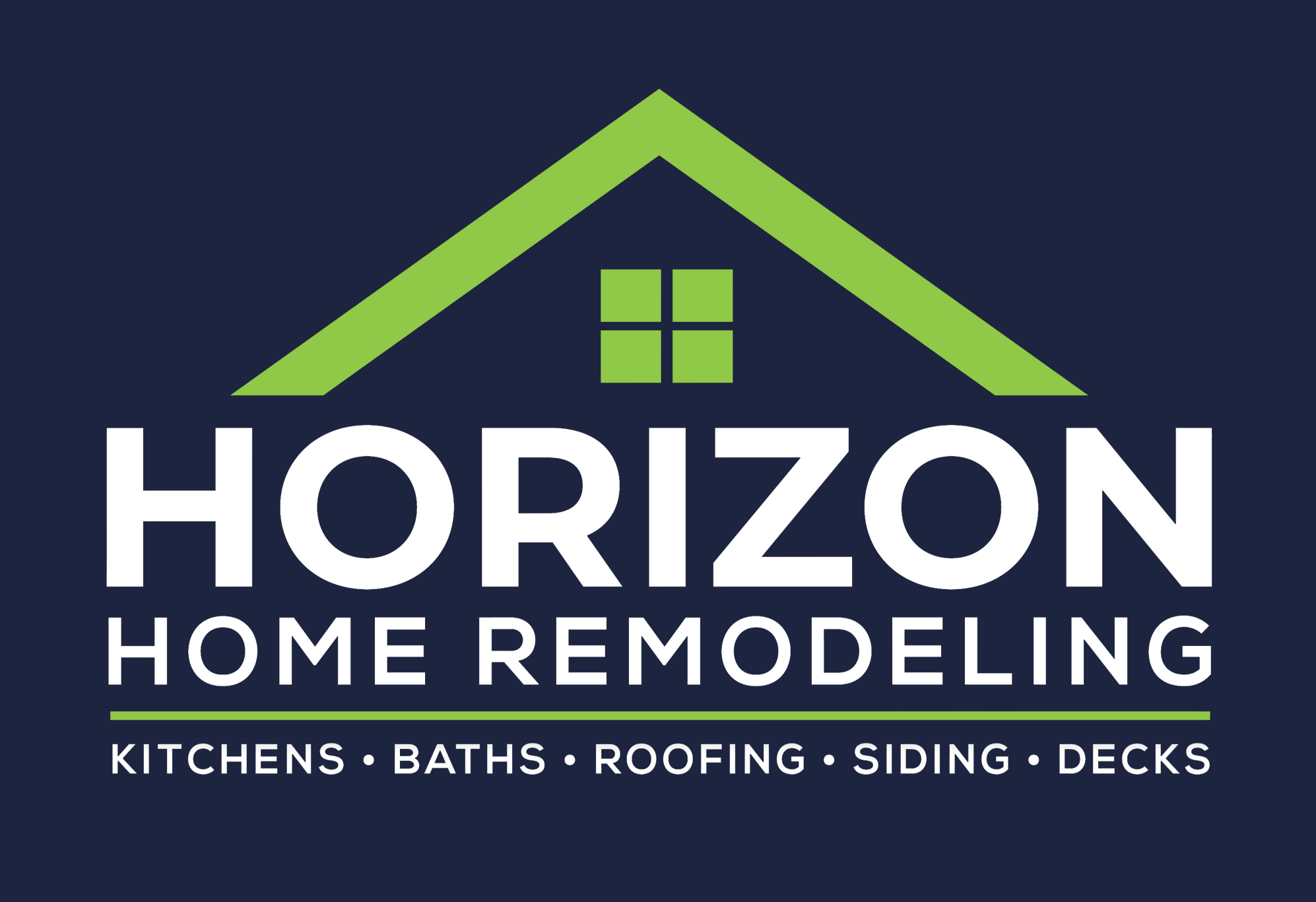Shingles, also known as herpes zoster, is a viral infection characterized by a painful rash. It results from the reactivation of the varicella-zoster virus (VZV), which causes chickenpox. Understanding its causes, symptoms, and treatment options is vital for managing this condition effectively.
What Causes Shingles?
Shingles occurs when the dormant VZV virus, embedded in the nervous system after a chickenpox infection, reactivates. While the exact reason for this reactivation is not fully understood, several factors can increase the risk:
- Age: The risk of developing shingles increases with age, particularly for those over 50.
- Weakened Immune System: Conditions or treatments that compromise the immune system, such as HIV/AIDS, cancer treatments, or long-term steroid use, heighten the risk.
- Stress: High levels of stress can trigger shingles by further weakening the immune response.
- History of Chickenpox: Anyone who has had chickenpox is at risk, as the virus remains in the body.
How Common is Shingles?
According to the Centers for Disease Control and Prevention (CDC), almost 1 in 3 people in the U.S. will develop shingles in their lifetime. The incidence of shingles increases significantly with age, affecting around 10-30% of people aged 60 and older.
Symptoms of Shingles
Recognizing shingles early is essential for effective treatment. Symptoms typically appear in stages and may include:
- Pain and Tingling: The first symptom often includes localized pain, itching, or tingling in a specific area of the skin.
- Rash: After a few days, a red rash develops, usually on one side of the body or face, often following a nerve path.
- Blisters: The rash evolves into clusters of blisters that can burst and ooze.
- Fever and Fatigue: Some people experience flu-like symptoms such as fever, fatigue, and headache.
- Postherpetic Neuralgia: Pain may persist even after the rash has healed, a condition known as postherpetic neuralgia, which can be debilitating.
Diagnosis of Shingles
Diagnosis is often conducted via a physical examination and patient history. Healthcare providers may look for characteristic rashes and symptoms. In uncertain cases, laboratory tests such as PCR (polymerase chain reaction) can confirm the presence of the varicella-zoster virus.
Treatment Options for Shingles
While there is no cure for shingles, timely treatment can alleviate symptoms and reduce the risk of complications. Treatment options include:
1. Antiviral Medications
Antivirals can help reduce the severity and duration of shingles:
- Acyclovir: Best taken within three days of rash onset.
- Valacyclovir: Often preferred for its easier dosing.
- Famciclovir: An alternative treatment option.
2. Pain Management
Pain relief is vital for many patients:
- Over-the-counter pain relievers: NSAIDs (e.g., ibuprofen) can help reduce discomfort.
- Prescription medications: Pain medications may be necessary for severe cases.
- Corticosteroids: Occasionally prescribed to reduce inflammation and pain.
3. Skin Care
Proper skin care can help prevent further complications:
- Cool compresses: Applying cool, wet cloths can soothe the rash.
- Oatmeal baths: Soothing baths can relieve itching and irritation.
- Aloe Vera or Calamine Lotion: Helps to hydrate and calm the skin.
Vaccination Against Shingles
Vaccination is a crucial preventative measure. The CDC recommends shingles vaccination for adults over 50, regardless of whether they have previously had chickenpox. The two main vaccines available are:
- Zostavax: A live attenuated vaccine that reduces the risk of shingles and its complications.
- Shingrix: A recombinant vaccine that is highly effective and recommended as a two-dose series for better protection.
Potential Complications of Shingles
If left untreated or in cases of severe infection, shingles can lead to complications, including:
- Postherpetic Neuralgia: Persistent pain in the affected area long after the rash has healed.
- Vision Loss: If the rash affects the eyes, it can lead to serious eye complications and vision impairment.
- Bacterial Infections: Secondary infections of the rash can occur if blisters burst and become infected.
Living with Shingles
For those who have experienced shingles, understanding how to manage symptoms and prevent future outbreaks is crucial.
- Maintain a Healthy Immune System: A balanced diet, regular exercise, and adequate sleep can help bolster immunity.
- Stress Management: Incorporating stress-relieving techniques like meditation or yoga can be beneficial.
- Regular Medical Check-ups: Ongoing conversations with healthcare providers about risks and management strategies are essential.
- Awareness of Symptoms: Early recognition of shingles symptoms can lead to quicker treatment, reducing the risk of complications.
Case Study: A Patient’s Journey with Shingles
Consider the example of a 62-year-old woman, Helen, who experienced shingles. Initially, she dismissed the pain in her abdomen as merely a consequence of aging. However, as a rash developed on her right side, she sought medical attention. Upon diagnosis, she received antiviral medications and pain management strategies.
Despite her initial hesitation, following her physician’s advice regarding vaccination was key to her recovery. She learned that vaccines could reduce her risk of recurrence, significantly leading her to share her experience with friends and family, raising awareness about the condition.
Conclusion
Shingles is a prevalent yet often misunderstood condition that can cause significant discomfort and long-term complications. Understanding its causes, recognizing symptoms, and exploring treatment options are vital for effective management. Vaccination stands as a powerful preventive measure, particularly for older adults. By maintaining a healthy lifestyle and being aware of risk factors, individuals can better protect themselves and reduce the incidence of shingles.
Ultimately, shedding light on shingles can empower individuals to seek timely medical attention, adhere to treatment plans, and engage in supportive discussions that might help others navigate their journeys with shingles. With greater awareness and proactive measures, understanding and managing shingles becomes more attainable for everyone.



